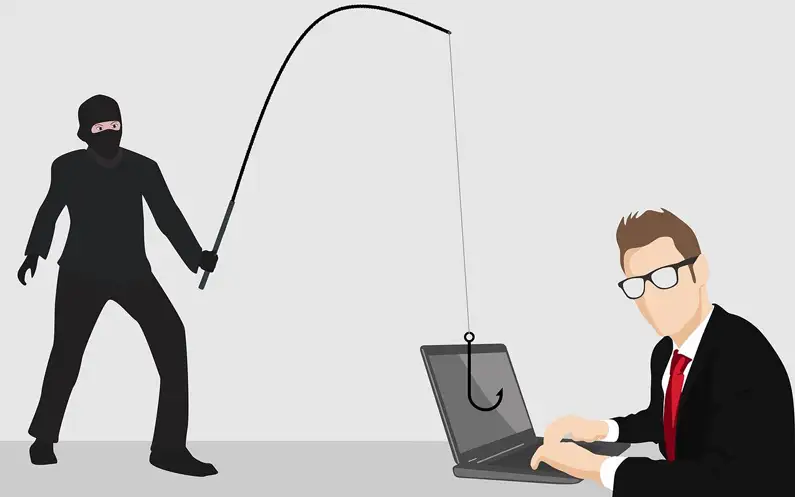Phishing / spam emails are becoming increasingly prevalent and sophisticated, posing a constant threat to internet users. These deceptive messages often mimic legitimate sources, making it challenging to distinguish them from genuine communications. It is crucial for individuals to stay vigilant and educate themselves on how to identify and avoid falling victim to these malicious tactics. By staying informed and adopting best practices for email security, we can better protect ourselves and safeguard our online information from potential cyber threats.
What is a Phishing / Spam email?
I’ve attached a couple of phishing / spam emails forwarded to me by clients.
The first one claims to be from Names.co.uk (they couldn’t even get the name right!).

The second one suggested it was from 20i who are the hosting and domain company I use, but, obviously wasn’t from them.

5 Ways to spot a Phishing / Spam email
1. If you look at the forwarded message details, you’ll often see that it claims to be from one domain address, but, hovering over the from address will show the actual email address being used. This is almost always related to a foreign country domain. In this case, it was infos@residenciasitges.es in the 1st one and in the 2nd one, inf@panoramamoda.it.
2. The information in the email isn’t correct. Does the email state that your domain name is up for renewal and you need to click the link below to renew your domain? However, you’re not expecting your renewal to be due yet? If so, something might not quite be right!
3. Poorly written spelling and grammar. Although this isn’t always the case, many fraudulent emails will contain poor grammar and incorrect spelling.
4. If your domain name had been suspended, your email wouldn’t have worked as that relies on the domain name. Your website also wouldn’t be working.
5. Concerning my clients, I manage their domain name on their behalf, so any emails relating to it would be directly from me.
Why do you get phishing / Spam email?
In this sort of case, somewhere within the email, there’s normally a link of some kind that they want you to click. This often then leads to a request for your login details or for you to make a payment.
DO NOT CLICK ANY LINKS
Hovering over links with your mouse pointer should show the actual link address in a small pop-up box. This almost always isn’t to a company you’ve ever heard of.
What can I do about phishing / Spam email?
Unfortunately, not a lot. It’s more about being vigilant and deleting these emails. If you’re in doubt, please forward the email to me. As I’ve said, if you’re one of my clients, you would only get emails relating to your domain or hosting from me.
I hope this helps, but if you have any further questions, please don’t hesitate to ask.
Well, that’s it until next time.
If you have anything you’d like me to explain in a blog, drop me an email.
Best wishes

We build WordPress websites primarily for local businesses in the Oxfordshire area. If you’d like to get in touch to see how I can help your business to get online or improve its online presence, then drop me an email: mail@webseoassist.co.uk


Recent Comments